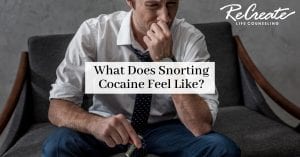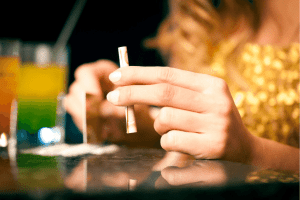

Recognized for excellence in substance abuse and behavioral health treatment by the Joint Commission

Mixing Suboxone and Valium
Two drugs that are commonly mixed are Suboxone and Valium, both potent prescription medications that are known for being habit-forming.
Addiction Treatment Center
Twelve-step programs — In an American survey of treatment providers from three separate institutions (the National Association of Alcoholism and Drug Abuse…

Mixing two different types of drugs can cause serious interactions, making doing so extremely dangerous. Unfortunately, many addicts and alcoholics...

What Does Snorting Cocaine Feel Like?
Cocaine, a potent central nervous system stimulant derived from coca leaves, has a long and tumultuous history. Originally utilized in...

Can You Get High on Ambien?
The active ingredient in Ambien is called zolpidem , a sedative, also known as a hypnotic, that is used to...

Can You Vape Crack Cocaine?
A pressing topic circling around surrounding vaping products is the alarming inquiry into whether these devices can be utilized for...

“Calvin Klein” Drug Craze
The New York Post reported recently how there is a new cocktail drug killing our youth, and that it tragically...

